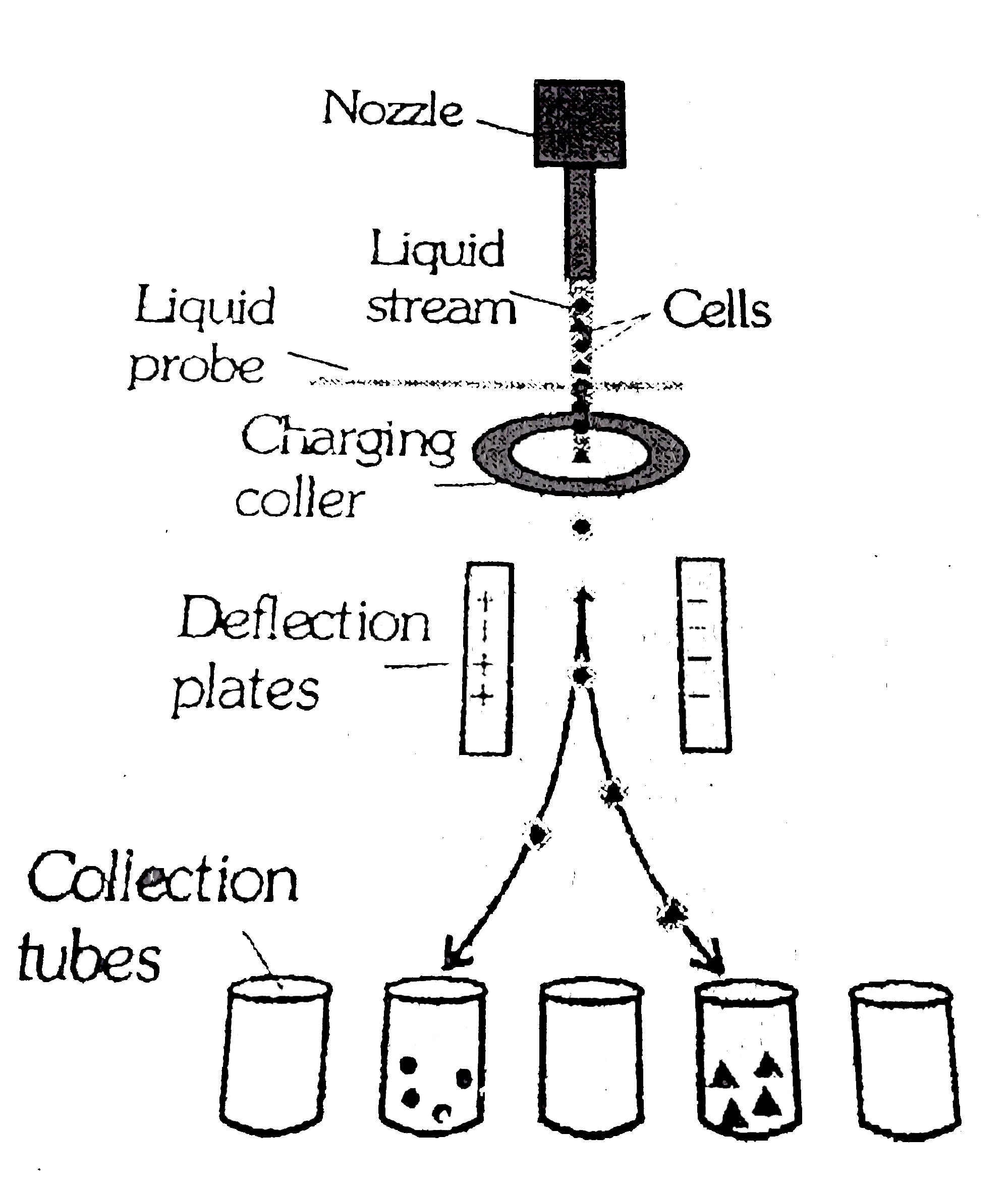Miller circulated methane, ammonia, hydrogen and water vapour in air tight apparatus and passed electric discharged from electrodes at :
180∘C
100∘C
78∘C
800∘C
The correct Answer is:D
Step-by-Step Solution:
1. Understanding the Experiment: The Miller experiment, conducted by Stanley Miller in 1953, aimed to simulate the conditions of early Earth to investigate the origin of life. He used a mixture of gases thought to be present in the primitive atmosphere.
2. Identifying the Gases Used: The gases circulated in the airtight apparatus included methane (CH4), ammonia (NH3), hydrogen (H2), and water vapor (H2O). These gases were chosen because they were believed to be abundant in the early Earth's atmosphere.
3. Electric Discharge: Miller passed electric discharges through the mixture of gases. This was intended to mimic lightning, which could have provided the energy necessary for chemical reactions to occur, leading to the formation of organic compounds.
4. Temperature of the Experiment: The experiment was conducted at a high temperature to facilitate the reactions. According to the information provided, the temperature used by Miller was 800 degrees Celsius.
5. Conclusion: Based on the details of the experiment and the temperature used, the correct answer to the question is 800 degrees Celsius.
Final Answer: The correct option is D: 800 degrees Celsius.
---
Topper's Solved these Questions
Similar Questions
Only the surface atoms in an adsorbent play an active role in adsorption. These atoms possess some residual force such as van der Waals forces and chemical forces. In the process of adsorption. Weak adsorbate is substituting by strong adsorbete. Activated charcoal used in the gas mask is already exposed to the atmospheric air, so gases and water vapours in air are adsorbed on its surface. When the mask is exposed to chlorine atmosphere, the gases are displaced by chlorine. In general, easily liquefiable gases such as CO2,NH3,Cl2, and SO2 are adsorbed to a greater extent than the elemental gases, e.g., H2,N2,O2, He, etc.
Which of the following gases will substitute O2 from adsorbed charcoal?
View SolutionThe primitive atmosphere of earth contained water vapours, hydrogen, ammonia and
View Solution
Knowledge Check
The ratio of methane, ammonia and hydrogen in Stanley Miller's experiment was
A3:1:2B2:1:2C1:2:1D5:4:1
When the electrolysis of acidified water is carried out :
(a) What is the ratio of the volume of hydrogen produced to the volume of oxygen ?
Give the equation for the discharge of ions at the two electrodes .
View SolutionMenion the products formed in the following
i. Zine oxide is treated with excess of sodium hydroxide solution
ii. Iodine is added to a solution of stamous chloriude
iii. Sulphur dioxide gas, water vapour and air are passed over heated sodium chloride
View SolutionIf Young.s double slit apparatus is shifted from air to water, then
View SolutionDuring the electrolysis of water, a total volume of 33.6mL of hydrogen and oxygen gas was collected at STP. Find the amound of electricity that passed during electrolysis.
View SolutionStanley Lloyd Miller a graduate student of Harold C. Urey, Conducted an experiment to demonstrate that simple organic molecules like amino acids could be produced if an electric discharge is passed through a mixture of such gases as might have been present in the atmosphere of the early earth. The gaseous mixture used in the experiment comprised
View SolutionThe potential associated. with each electrode is known as electrode potential. If the concentration of each species taking part in the electrode reaction is unity (if any gås appears in the electrode reaction, it is confined to 1 atmospheric pressure) and further the reaction is carried out at 298 K, then the potential of each electrode is said to be the standard electrode potential. By convention, the standard electrode potential of hydrogen electrode is 0:0 volt. The electrode potential value for each electrode process is a measure, of relative tendency of the active species in the process to remain in the oxidized / reduced form. A negative E∘ means that the redox couple is a stronger reducing agent than the H+/H2 couple. A positive E mears that the redox couple is a weaker reducing agent than. the H+/H couple. The metal with greater positive value of standard reduction potentlal forms the oxide of greater thermal stability:
Which of the following metals will not displace hydrogen from water?
View SolutionFlow cytometry, illustrated in the figure, is a technique used to sort cells by type. The cells are placed in a conducting saline solution which is then forced from a nozzle. The stream breaks up into small droplets, each containing one cell. A metal collar surrounds the stream right at the point where the droplets seprate from the stream. Charging the collar polarizes the conducting liquid, causing the droplets to become charged as they break off from the steam. A leser beam probes the solution just upstream from the charging collar, looking for the presence of certain types of cells. All droplets containing one particular type of cell are given the same charge by the charging collar. Droplets with other desired types of cells receive a different charge, and droplats with no desired cell receive no charge. The charged. The charges droplets then pass between two parallel charged electrodes where they receive a horizontal force that directs force that directs them into different collection tubes, depending on air charge.

Another way to sort the droplets would be to given each droplet the same charge, then vary the electric field between the deflection plates. For the apparatus as sketched, this technique will not work because
View Solution
